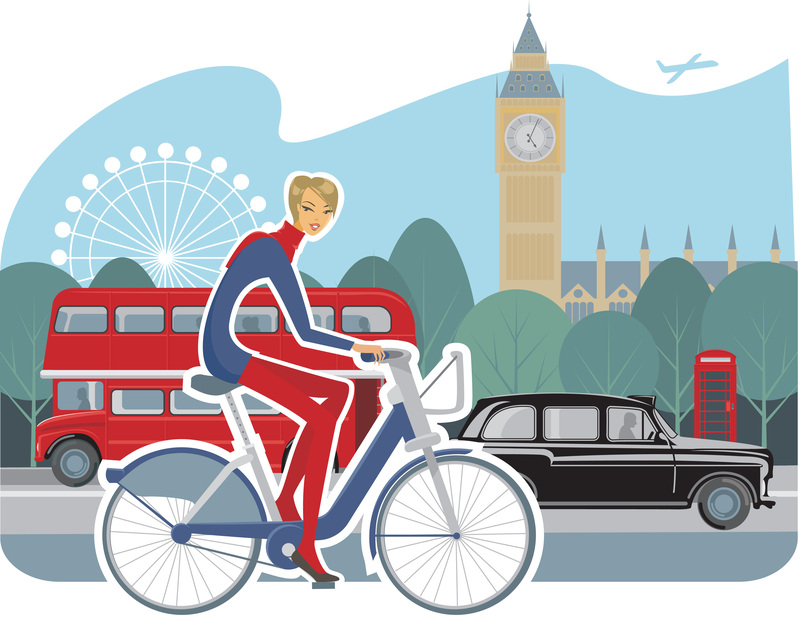The Hidden Dangers of DIY Piano Transport
Posted on 18/06/2025
The Hidden Dangers of DIY Piano Transport
Transporting a piano from one place to another might seem like a manageable task for many. With the increasing availability of online guides and moving equipment rentals, more homeowners are tempted to take on the challenge themselves. However, the hidden dangers of DIY piano transport can lead to serious risks for your instrument, property, and personal safety. In this comprehensive guide, we'll explore why attempting to move a piano yourself can be more hazardous than you expect, discuss the potential risks involved, and provide alternatives to keep your piano safe.

Understanding the Complexity of Piano Moving
Pianos: More Than Just Large Furniture
Pianos may look like hefty pieces of furniture, but their intricate design and delicate inner workings set them apart from sofas or tables. Whether you have a grand, upright, or digital piano, every model contains sensitive components that are vulnerable during transport. The hidden risks of moving a piano yourself often stem from underestimating just how unique these instruments are.
- Weight Distribution: Upright pianos can weigh between 300-500 lbs, while grand pianos can exceed 1,000 lbs. The weight is not evenly distributed, making them awkward and unstable to move.
- Complex Mechanics: A piano contains over 10,000 moving parts, including strings, keys, and action mechanisms that can easily be knocked out of alignment.
- Sensitive Finishes: Pianos often sport delicate veneers and finishes susceptible to scratches and dents.
These factors combine to make transporting a piano a unique challenge, even for strong and capable individuals. The risks extend beyond the instrument itself--your home, vehicle, and personal safety are also at stake.
Common Hidden Risks of Moving a Piano Yourself
1. Personal Injury
Underestimating the physical hazards is the most serious danger of DIY piano transport. Pianos are extremely heavy, unwieldy, and often taller than their handlers. Without professional expertise and proper lifting techniques, individuals risk:
- Back strains and muscle injuries: Incorrect lifting and awkward positions can cause strains, sprains, and even long-term spinal issues.
- Crushed fingers and toes: The sheer mass and odd shape of pianos mean they can easily slip or tip, pinching or crushing body parts.
- Slips, trips, and falls: Moving a piano up or down stairs, over thresholds, or across uneven surfaces can result in significant falls, sometimes leading to fractures or serious bodily injury.
2. Property Damage
Damage to your home is another frequent outcome of amateur piano moving. The large size and unwieldy shape of a piano make it difficult to navigate through hallways, doorways, and staircases.
- Scratched floors: Heavy weight concentrated on piano legs and castors can gouge hardwood floors or crack tiles.
- Dented walls and doorframes: It's easy to misjudge the size of turns and narrow passages, leading to chipped paint, dented walls, and damaged doorframes.
- Broken stair rails: Pivoting a piano around a tight staircase may catch or break the bannisters and railings.
Many homeowners don't anticipate these hidden perils of moving a piano without professionals until it's too late, resulting in repair costs that far exceed any potential savings from a DIY move.
3. Damage to the Piano Itself
Perhaps the most overlooked risk in do-it-yourself piano transport is the harm caused to the instrument itself:
- Miscalculation of weight and balance: Dropping or tipping a piano can cause catastrophic internal damage, breaking strings or dislodging keys and hammers.
- Environmental exposure: Improper wrapping or inadequate temperature control can damage the wood and affect tuning stability.
- Surface scratches and dents: Even a short bump against a doorframe or wall can mar the piano's finish.
Most pianos require professional re-tuning after any move, but repairs for physical damage may be much more costly and, in some cases, impossible to fully fix.
The Misconceptions Behind DIY Piano Transport
You Don't Need Professional Equipment?
Many people believe that a basic moving dolly and straps are sufficient for moving a piano. However, professional piano movers use specialized dollies, ramps, padding, and even climate-controlled transportation to ensure the piano's safety. Ordinary moving tools may not provide the stability or protection necessary for such a heavy and fragile item.
An Extra Pair of Hands is Enough?
Gathering friends or family for a weekend move sounds reasonable--until someone gets hurt or the piano gets damaged. Professional teams are trained to coordinate movement, safely disassemble parts when necessary, and respond to sudden shifts in weight--skills that take years to develop and cannot be improvised on the spot.
Saving Money in the Short Run, Sacrificing in the Long Run
The desire to save money is the leading reason for attempting DIY piano transportation. Yet, the cost of repairing injuries, fixing property damage, or restoring a harmed instrument often outweighs the original "savings." Furthermore, insurance policies may not cover piano damage or personal injury resulting from unprofessional moving efforts.
The Professional Piano Moving Difference
How Do Experts Transport Pianos Safely?
Professional piano movers bring both expertise and specialized equipment to the table. Here are several key factors that set their service apart from amateur approaches:
- Site inspection and planning: Movers will survey both the current and new location to plan an optimal pathway, identifying hazardous spots and creating a strategic approach.
- Proper disassembly and reassembly: In some cases, professionals will safely remove piano legs, pedals, or lids to reduce risk during transport and ensure reassembly upon arrival.
- Use of custom equipment: Skid boards, heavy-duty dollies, ramps, and protective padding tailored for pianos make a substantial difference in safety.
- Tuning and post-move inspection: Many professional piano movers can coordinate with a technician to inspect and tune your instrument after the move--ensuring your piano sounds as good as it did before.
Insurance Coverage
An essential advantage of using a professional piano mover is the availability of insurance that covers the instrument, property, and moving personnel. Should any unforeseen incident occur, your financial exposure is greatly reduced.
Real-Life Examples: What Can Go Wrong?
Case Study 1: The Split Staircase Catastrophe
A homeowner in Chicago attempted to move a 600-lb upright piano with three friends down a winding staircase. Lacking the right straps and a moving plan, they lost grip, and the piano slid downward, snapping the stair railing and severely damaging both the staircase and the instrument. Repairs and restoration ended up costing them over $3,000--much more than a professional move would have been.
Case Study 2: The Professional Solution
Contrast this with a similar scenario where a professional team used a ramp, specialized dolly, and padding to safely navigate a grand piano around tight corners. No injuries occurred, there was no property damage, and the piano was delivered in perfect condition, ready to play after a scheduled tuning.
When DIY Piano Moving Might Be Acceptable
There are a few rare scenarios where do-it-yourself piano transport could be feasible--such as moving a lightweight digital piano or moving an upright a few feet across a room on flat, even floors. Even then, precautions should be taken:
- Use moving blankets and padding to protect the piano and surrounding surfaces.
- Move slowly and avoid abrupt turns or tilts.
- Never attempt stairs or sharp corners without professional help.
- If in doubt, always consult with a professional piano mover first.

How to Find the Right Professional Piano Movers
Questions To Ask Before Hiring
- Are you insured and licensed? Always verify credentials and coverage.
- What kind of equipment do you use? Look for those who utilize specialized piano moving gear.
- Do you have references or testimonials? Positive feedback from satisfied customers is crucial.
- Is tuning and setup included? Some movers collaborate with piano technicians to ensure optimal instrument care.
What to Expect During a Professional Piano Move
- A full assessment of the instrument and surroundings.
- Careful wrapping and pad application.
- Disassembly and reassembly when necessary.
- Step-by-step movement using ramps, boards, and multiple movers to ensure stability and safety.
- Transparent pricing that covers all aspects of the move, including insurance.
Conclusion: Avoid the Hidden Dangers of DIY Piano Moving
Ultimately, the hidden dangers of moving a piano yourself far outweigh any perceived benefits. From severe personal injury to irreparable instrument damage and unexpected repair costs, the risks associated with DIY piano transportation are simply too high. Instead, trust your valuable instrument to experienced professionals who have the training, equipment, and insurance necessary to ensure a safe transition.
If you truly value your piano--as an investment, a family heirloom, or a cherished piece of your musical journey--don't gamble with its future. Choose professional piano movers to protect your instrument, your property, and your well-being. The peace of mind is worth every penny saved in avoided repairs and injuries.
For more expert advice on musical instrument care and moving tips, check our related articles below.
Frequently Asked Questions About DIY Piano Moving
-
Can all pianos be moved by amateurs?
Only very lightweight digital pianos should be moved without professional help. Upright and grand pianos require specialized expertise and equipment. -
How much does professional piano moving cost?
Costs vary but are generally a fraction of the repair costs associated with failed DIY attempts. -
Is insurance included for piano movers?
Reputable movers offer comprehensive coverage. Always ask for documentation before hiring.
Protect your investment--trust the professionals to avoid the hidden dangers of DIY piano transport!



